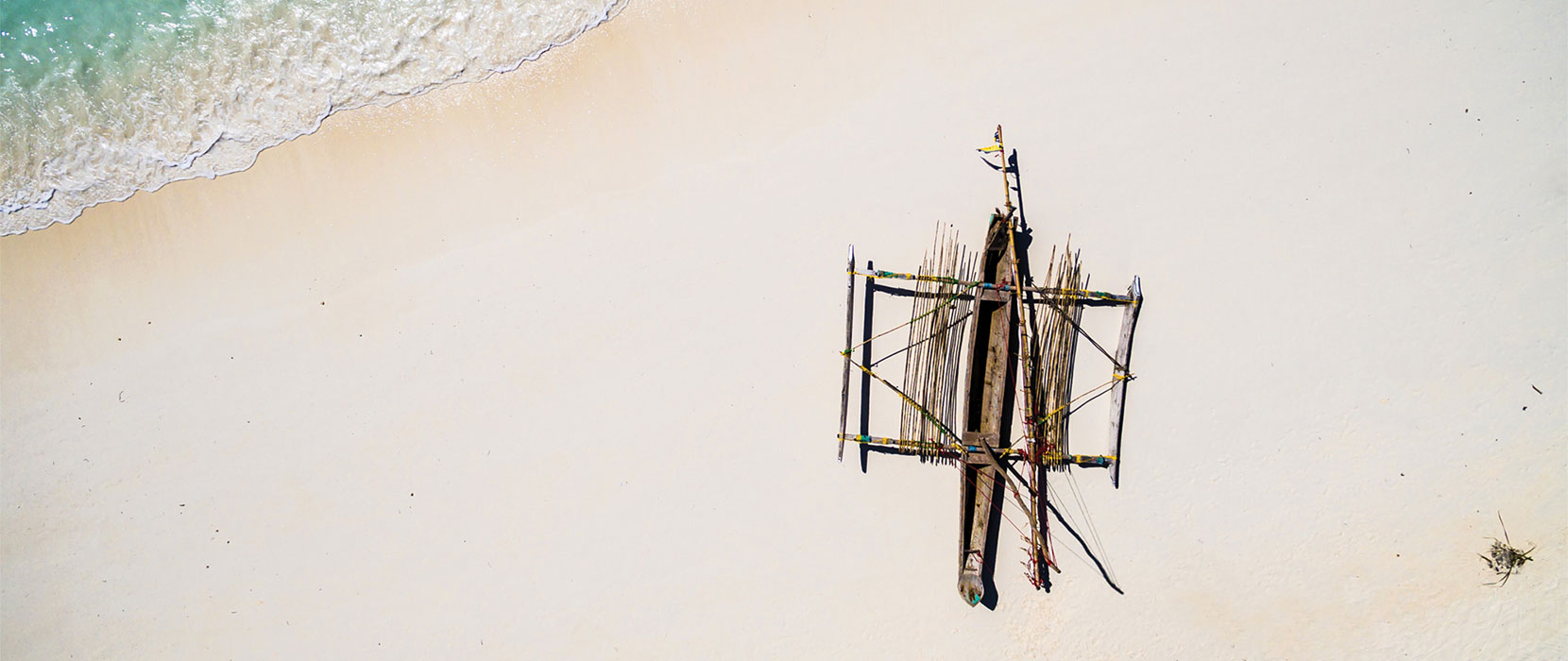GRADUATE RESEARCH AT UNE
Uncle Tim’s story stayed with Victor, and he wanted to research it and find out if Aboriginal people were actually master navigators of one of the world’s largest oceans, the South Pacific.
Victor Briggs, Graduate Researcher
Faculty of Humanities, Arts, Social Sciences and Education
Victor Briggs is a Gumbaynggir/Gamilaroi man born on Gamilaroi country. Several years ago, sitting around the dinner table with his family, Victor’s Uncle Tim told him a story. On a visit to Hawaii, Uncle Tim had met an Indigenous Hawaiian Elder who told him a story. A long time ago Indigenous Australian seafarers had sailed to Hawaii on the trade winds. When they got there, they had helped the Hawaiians with skills, information and technology. Hawaiian people were so impressed with Aboriginal people that they let them stay on their islands when Aboriginal people were travelling throughout the Pacific Regions. The Hawaiian Elder said that his knowledge had been passed down to him from his grandfather’s grandfather and that it was true. Aboriginal people from Australia had for centuries travelled across the South Pacific, sailing outrigger canoes equipped for ocean voyagers over large distances, island hopping the southern seas. Victor was astounded by this story. He had never heard such things about Aboriginal people, who he had been made to believe were a low class and race of people, unable to achieve such feats. As an Aboriginal person, through his schooling and life experiences, Victor had been systematically and socially programmed into accepting this characterization as true. Uncle Tim’s story stayed with Victor, and he wanted to research it and find out if Aboriginal people were actually master navigators of one of the world’s largest oceans, the South Pacific.
This story became the motivation for Victor to undertake higher degree research at UNE. According to ‘Australian’ history, as written by European colonists, the idea that Aboriginal people sailed to Hawaii was completely far-fetched. Conventional ‘Australian’ history has always painted Aboriginal people as incapable of such accomplishments. But Victor’s research was shaped by different assumptions – by an Aboriginal regard for the truth of oral history and the veracity of ancient stories. Lead by these assumptions, Victor went looking for evidence of Aboriginal sea-faring: was there evidence to support the contention that Aboriginal Australians could have made such voyages?
The outcome of Victor’s research is a resounding yes, they certain could and probably did. Ancient skulls have been found in Brazil that closely match those of Aboriginal peoples. Oral histories from New Zealand support the contention that Aboriginal people visited there. Amazonian tribes share Aboriginal DNA. Evidence from across Australia shows that Aboriginal peoples certainly possessed the watercraft to make such journeys. Bark canoes were used to navigate rivers, creeks and lakes, but the larger dugout canoes were used for making inter-island journeys, and were more than capable of making oceanic voyages. Aboriginal people, like peoples all over the Pacific, possessed a vast and sophisticated knowledge of star systems and used these skills to navigate over both land and sea. Victor’s research shows that Aboriginal Australia extended into the Pacific, intersecting and interacting with the cultures and peoples there, rather than being a land-bound, isolated set of cultures, as depicted by Europeans.
One piece of evidence was particularly compelling. The Guion Guion rock art of the Western Kimberley is thought to be fifteen thousand years old. The style of painting is radically different to other forms of rock art and their origins have been controversial since Europeans became aware of them in 1891. Europeans immediately contrasted the sophistication of the Guion Guion images with the ‘primitiveness’ of Aboriginal culture. European ‘experts’ had argued they were created by a different race of people – a view now completely rejected. Of particular interest for Victor’s research is that one of the Guion Guion images depicted a four-man canoe with an upswept prow and stern, with a keel and rudder, which is considered the world’s oldest depiction of a boat. The design means that the canoe was unlikely to be made out of bark or animal skin. This is a picture of a solid dugout canoe: a seagoing craft, designed for deep ocean sailing. This ancient image powerfully contradicts any assertion that Australian Aboriginal people were too simple to have developed seafaring technology and navigational skill. This ancient rock painting supports the argument that Aboriginal people undertook ocean voyages, sailing to faraway places such as Hawaii, New Zealand and South America, where they are remembered still. Using a different set of assumptions about Aboriginal capacity, ability, ingenuity and skill, Victor’s research shows that Western historical assumptions have vastly understated Aboriginal achievements in the past, and he suggests that this assumption should not be allowed to shape the future.


